Toll Free: (866) 215-0651
Local: (657) 900-2066
Safety First: Essential Precautions for Every Installation
Regarding machinery installation, one must emphasize the paramount importance of safety. Implementing robust safety measures not only protects the well-being of the workers involved but also ensures the efficiency and longevity of the installed equipment. This blog post will delve into the crucial aspects of safety during machinery installation, covering best practices for hazard identification, risk mitigation, and emergency preparedness. By the end of this read, you'll have a comprehensive understanding of how to make safety a top priority in every installation project.
Identifying Hazards:
Before diving into the installation process, conducting a thorough hazard identification assessment is imperative. This involves recognizing potential risks associated with the machinery, the installation site, and the surrounding environment. Common hazards include electrical risks, moving parts, heavy lifting, and environmental factors such as extreme temperatures or confined spaces. Utilize checklists and risk assessment tools and involve experienced personnel to ensure a comprehensive evaluation.
Risk Mitigation Strategies:
Once hazards are identified, developing effective risk mitigation strategies is next. This involves implementing measures to reduce or eliminate the identified risks. Some best practices include:
- Personal Protective Equipment (PPE): Ensure that all personnel involved in the installation are equipped with the appropriate PPE, such as helmets, gloves, safety glasses, and steel-toed boots.
- Training and Education: Provide comprehensive training sessions for all team members to ensure they know the potential hazards and are well-versed in the correct safety protocols.
- Safe Work Practices: Establish and enforce safe work practices, including proper lifting techniques, equipment usage guidelines, and adherence to established safety procedures.
- Emergency Response Planning: Develop a robust emergency response plan that includes evacuation procedures, first aid protocols, and clear communication channels. Conduct regular drills to ensure everyone is familiar with the emergency procedures.
- Equipment Inspection: Regularly inspect and maintain all tools and machinery used in the installation process to promptly identify and address any potential safety concerns.
Emergency Preparedness:
No matter how comprehensive your safety measures are, unforeseen circumstances can still arise. Therefore, it's crucial to be well-prepared for emergencies. Here are some critical aspects of emergency preparedness:
- Communication Protocols: Establish clear communication channels and ensure all team members know how to contact emergency services.
- First Aid Stations: Have well-equipped first aid stations strategically placed throughout the installation site, and ensure that all personnel know their locations.
- Emergency Contacts: Maintain an up-to-date list of emergency contacts, including local hospitals, fire departments, and other relevant authorities.
- Evacuation Routes: Mark evacuation routes and conduct regular drills to ensure everyone knows how to evacuate the site quickly and safely.
In conclusion, prioritizing safety during machinery installation is not just a regulatory requirement but a moral obligation to the well-being of every individual involved. By proactively identifying hazards, implementing effective risk mitigation strategies, and being well-prepared for emergencies, we can create a work environment that is efficient and safe for everyone. Remember, in every installation project, safety should always come first.

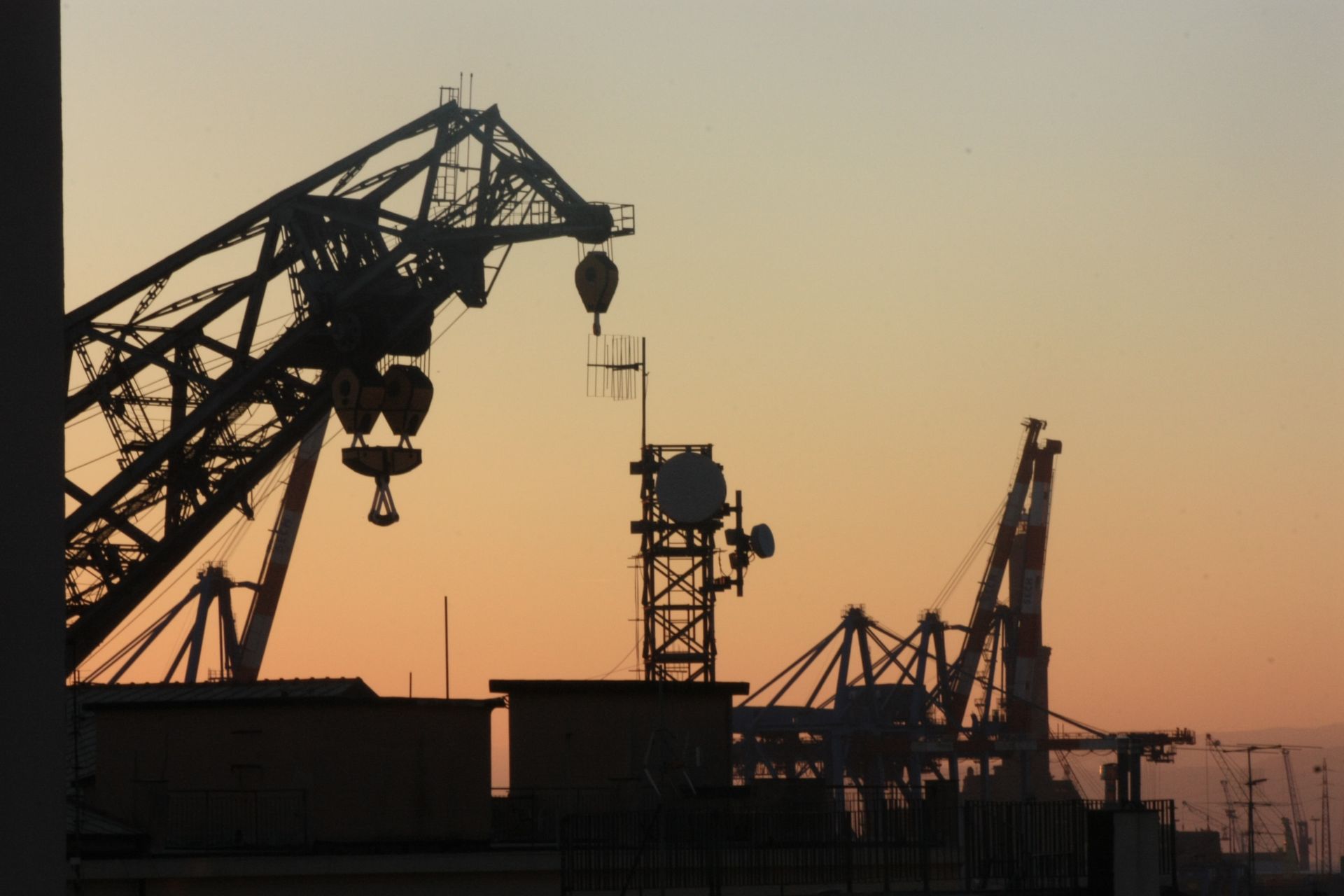


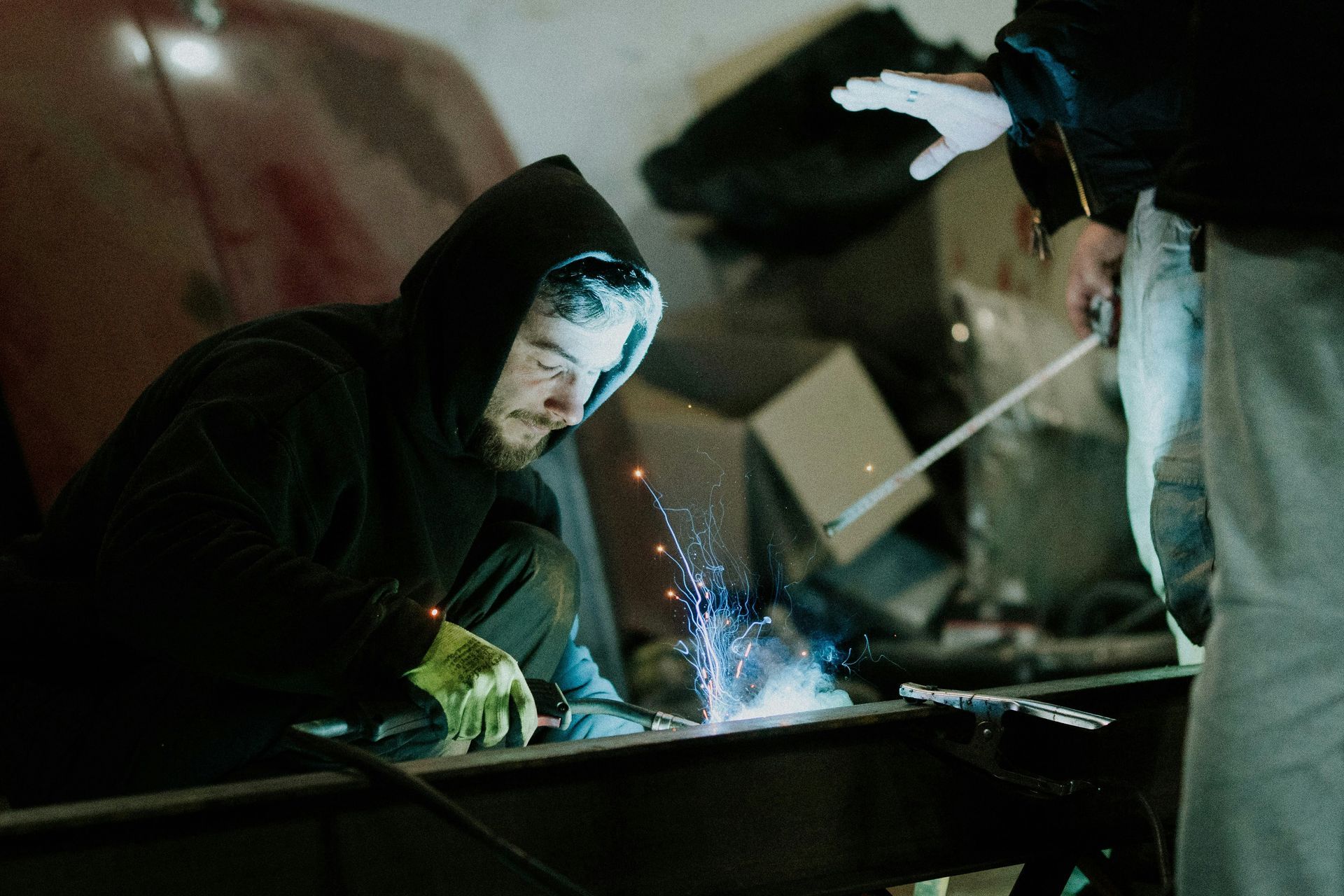
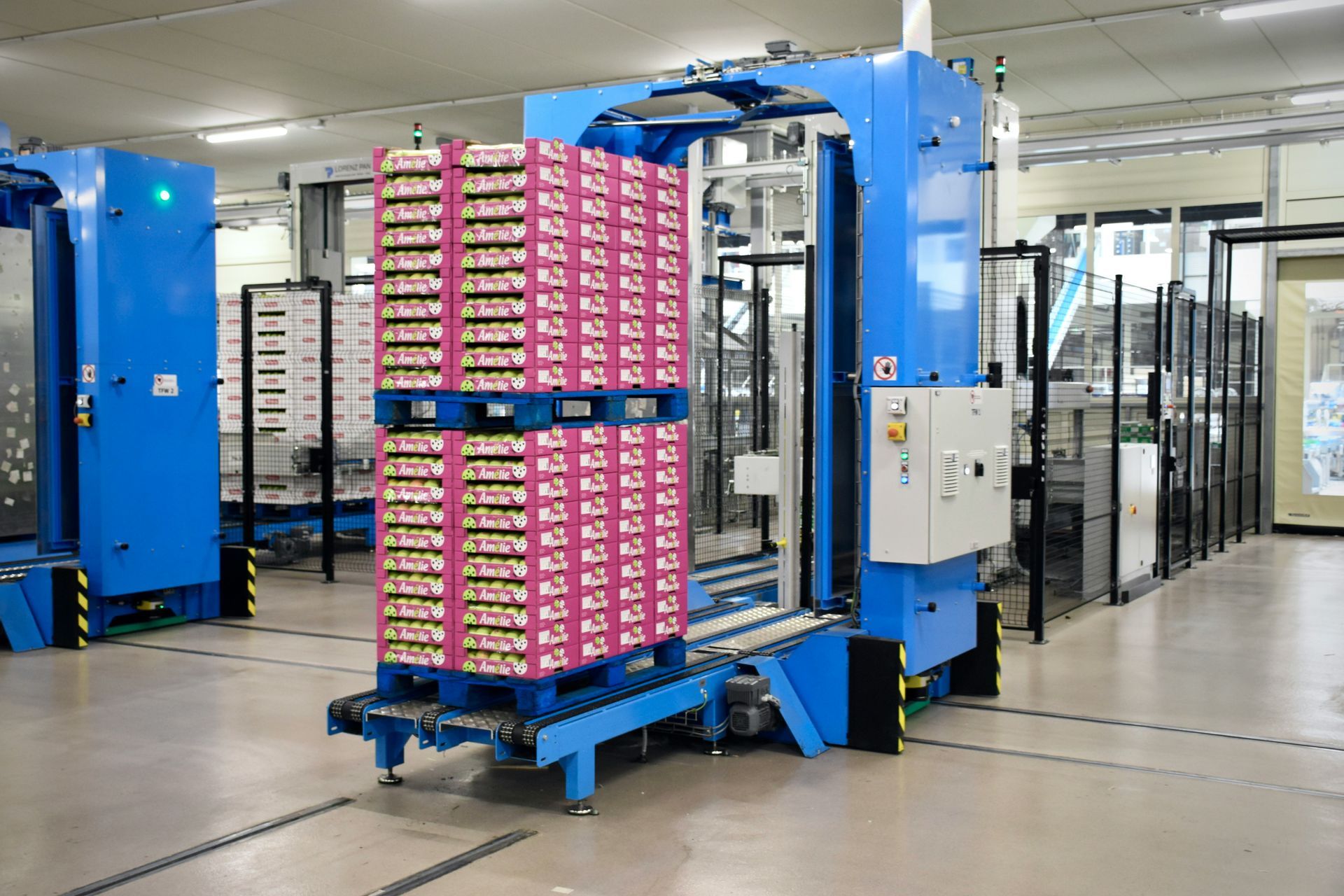
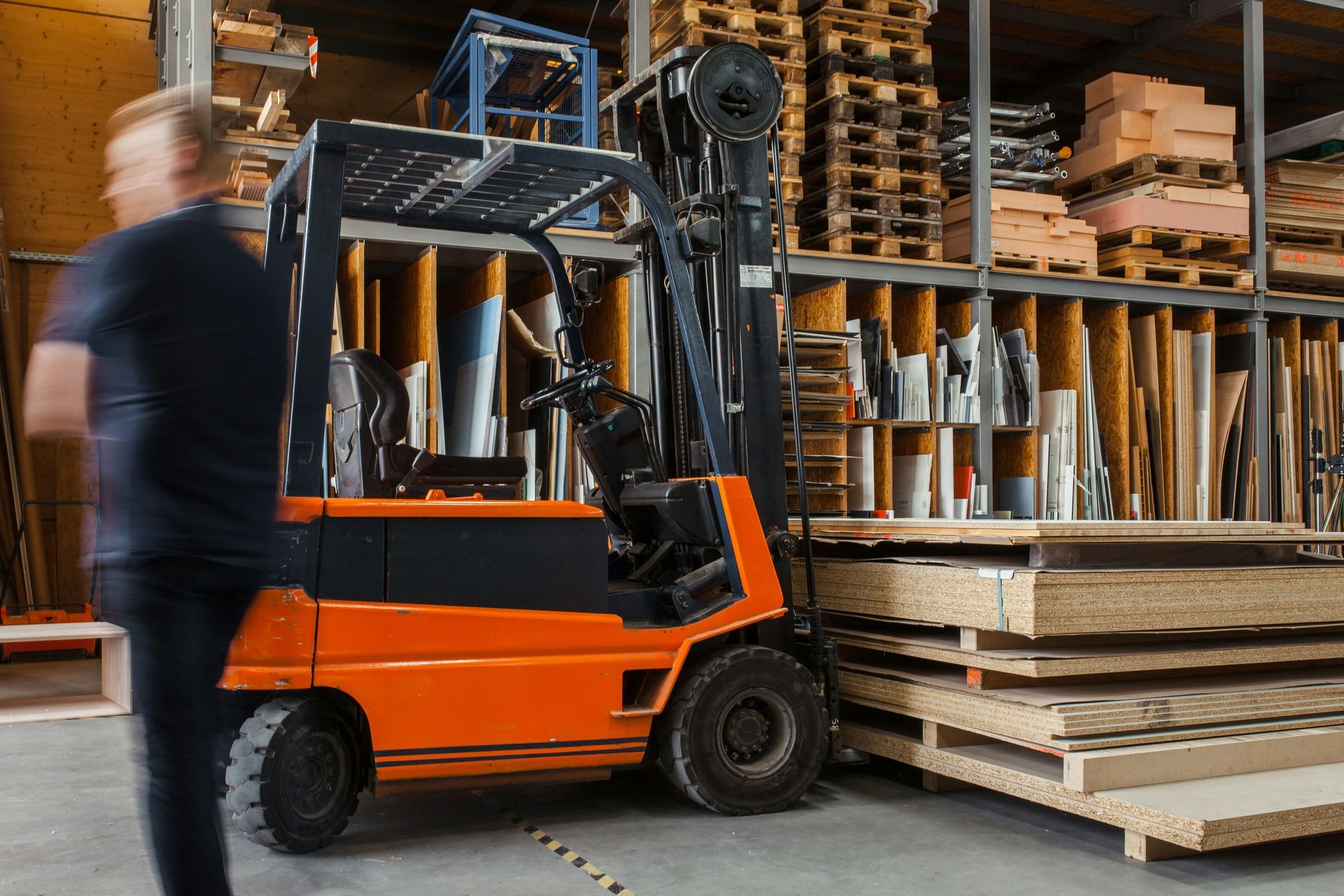

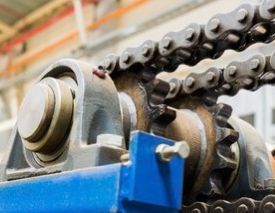
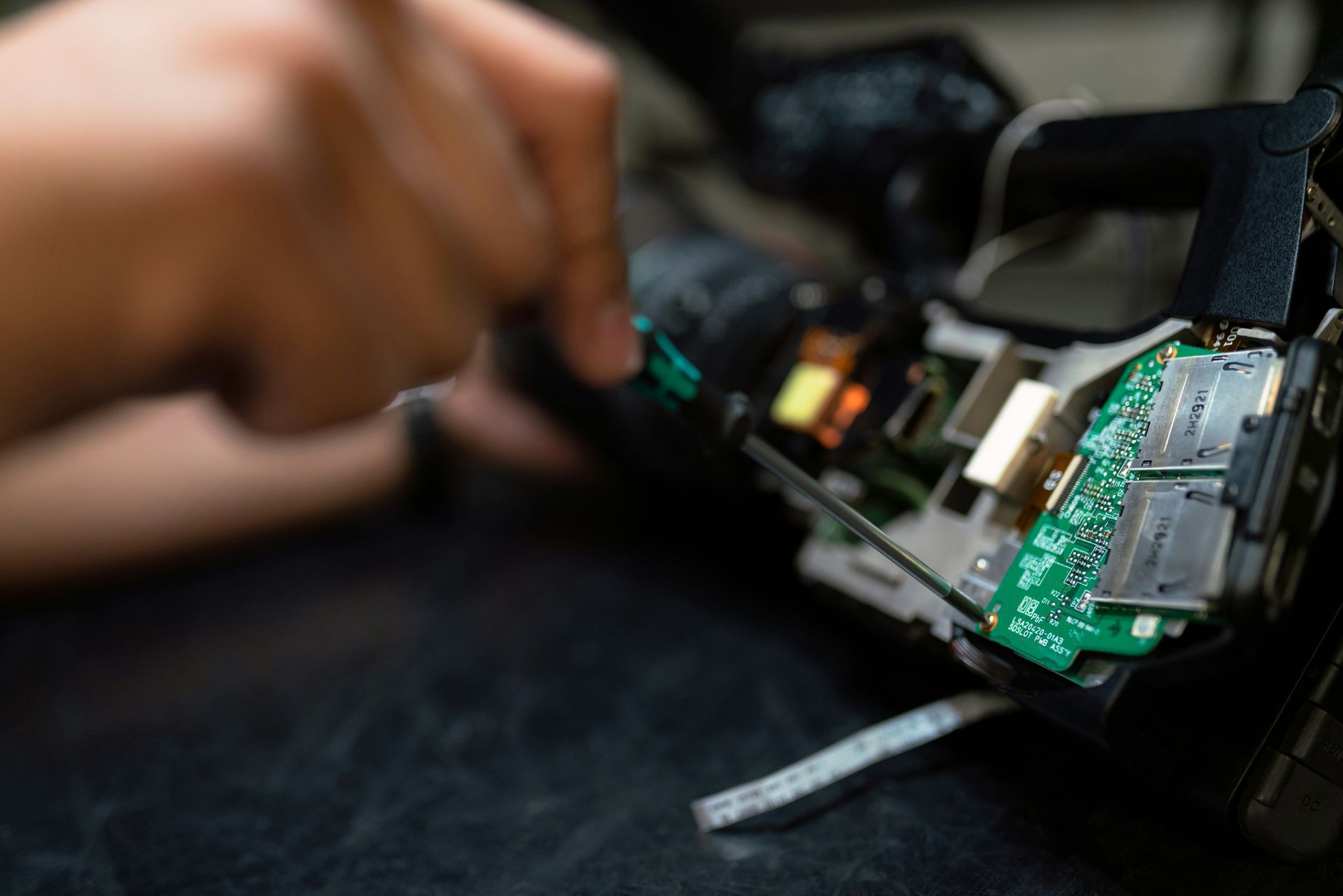
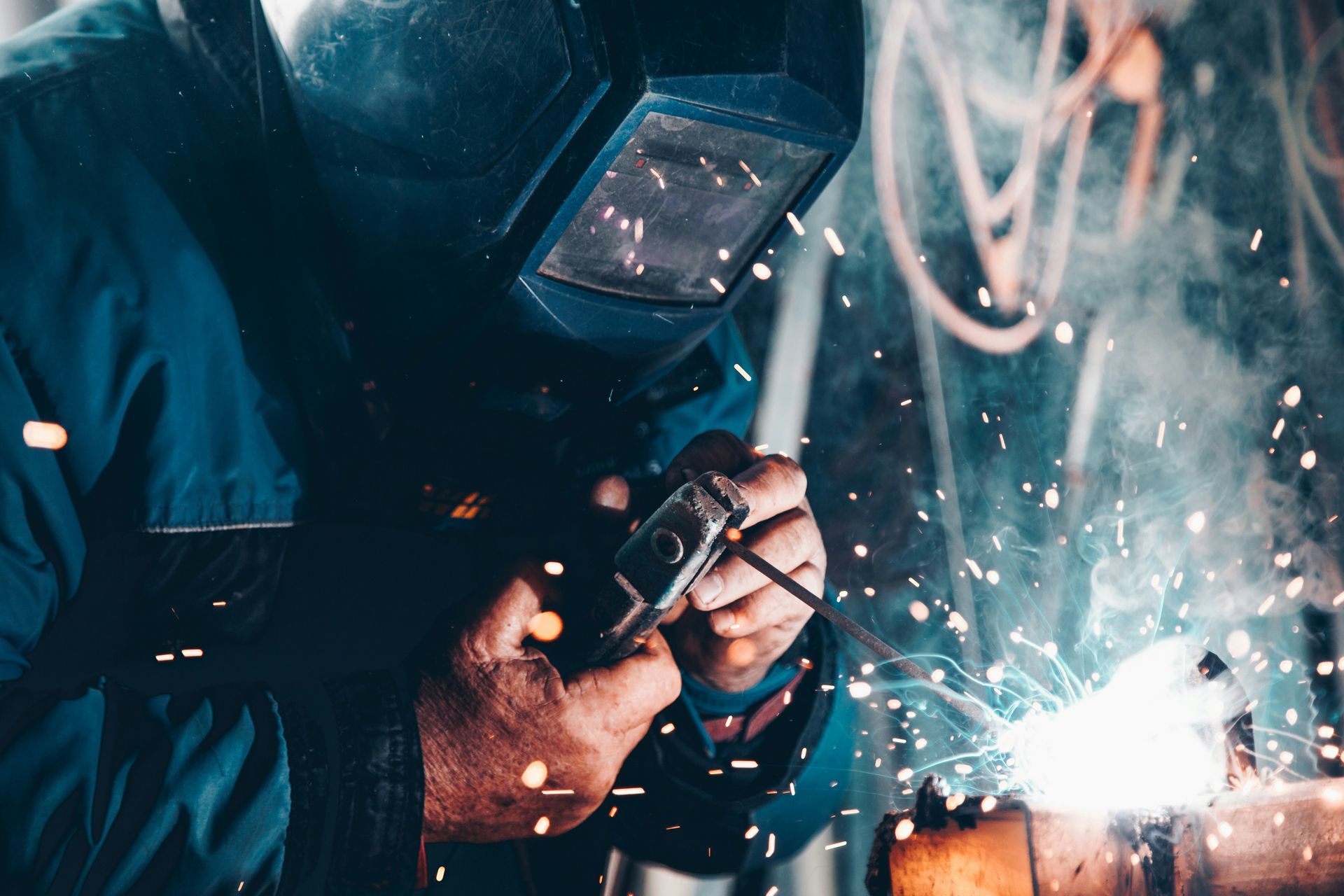
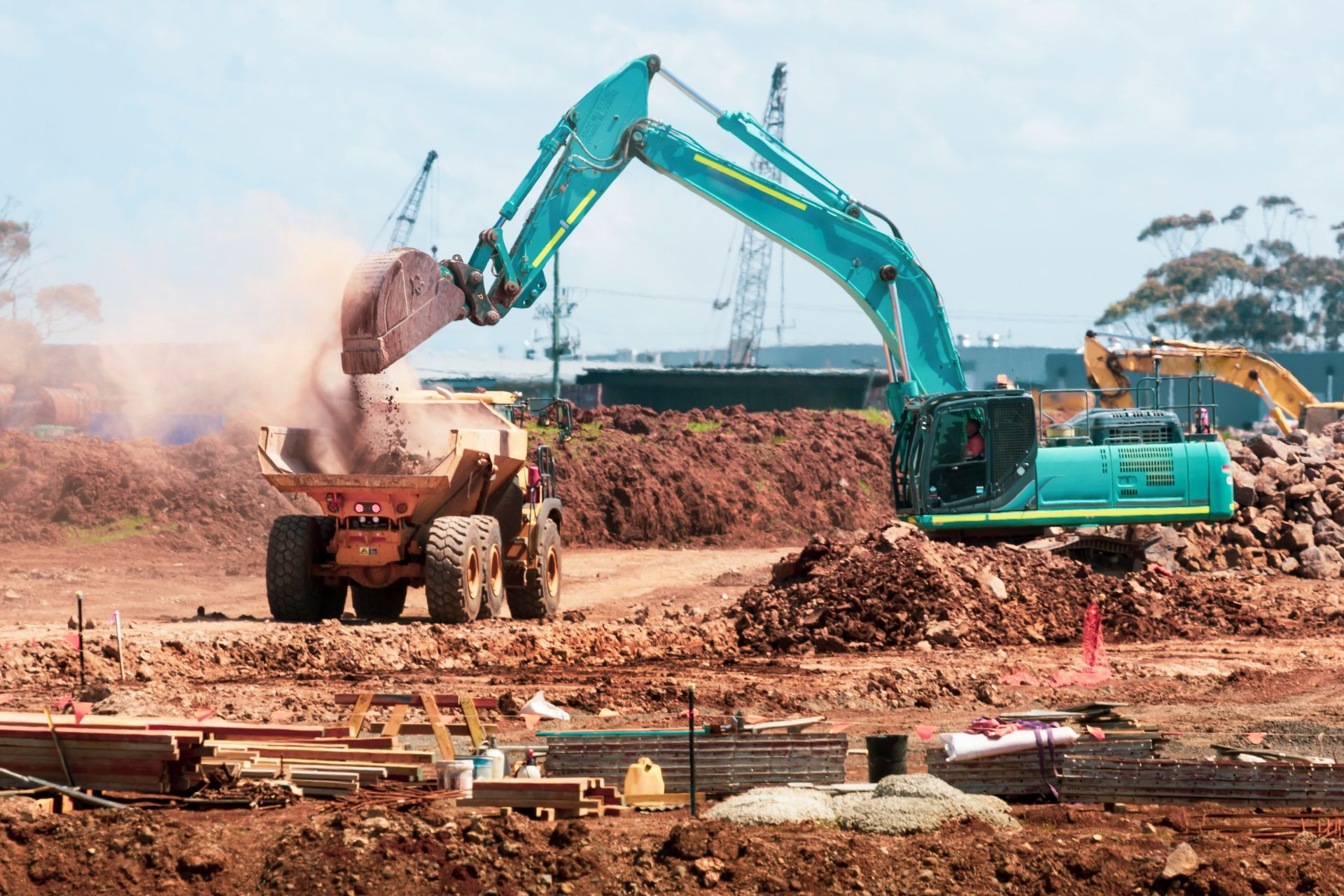
Share On: